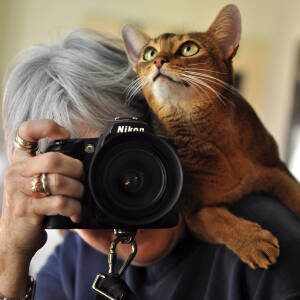Damp 'cow lily'
day·lil·y
noun
any lily of the genus Hemerocallis, having yellow,orange, or red flowers that commonly last only for a day.
Our daylily has been referred to in the 1800s by the common name, "Cow Lily", since it was often found growing wild in New England pastures. In the language of flowers, which was generally known among readers in the same era, the daylily is generally called "secret sighs" (the yearning to please) or "coquettery" depending on the reference.
Emily Dickinson, on the occasion of his first visit to her house, presented to the Transcendalist, essayist, poet, and Unitarian minister, T. W. Higginson, with two daylilies. Higginson had been a mentor of Dickinson's and an admirer of her poetry. He was also a good friend to have. According to Judith Farr, in her book, The Gardens of Emily Dickinson, she most likely proffered the flowers as "thanks ... for his letters and concern," something she was in the habit of doing.
Farr goes on, "Perhaps they were also a plea made by an unknown writer to a famous man." It turned out that he might well have known the symbol of the daylily as couquettery since, as Farr points out, Higginson wrote later, in a memoir of Dickinson, "that on that August afternoon when they met, the decorous spinster entertained him with a charm and 'skill such as the most experienced and worldly coquette might envy.'"
The name, "Cow Lily", by the way, was given to the daylily because of the nodding of its flowers in the pastures in which they grew, the nodding being much like a cow bell. Among her friends, Farr tells us, Dickinson called herself the cowbell (normally in shades of orange) because of the "orange lights in her hair and eyes."
Joan Katherine Shaw
February 2009
Emily Dickinson
For the Record
This day came in dark, damp, humid, but a bit cooler. We have tickets to see the show, Mamma Mia today in Boston with a seafood lunch before, hopefully at the Barking Crab .

Comments
Sign in or get an account to comment.


